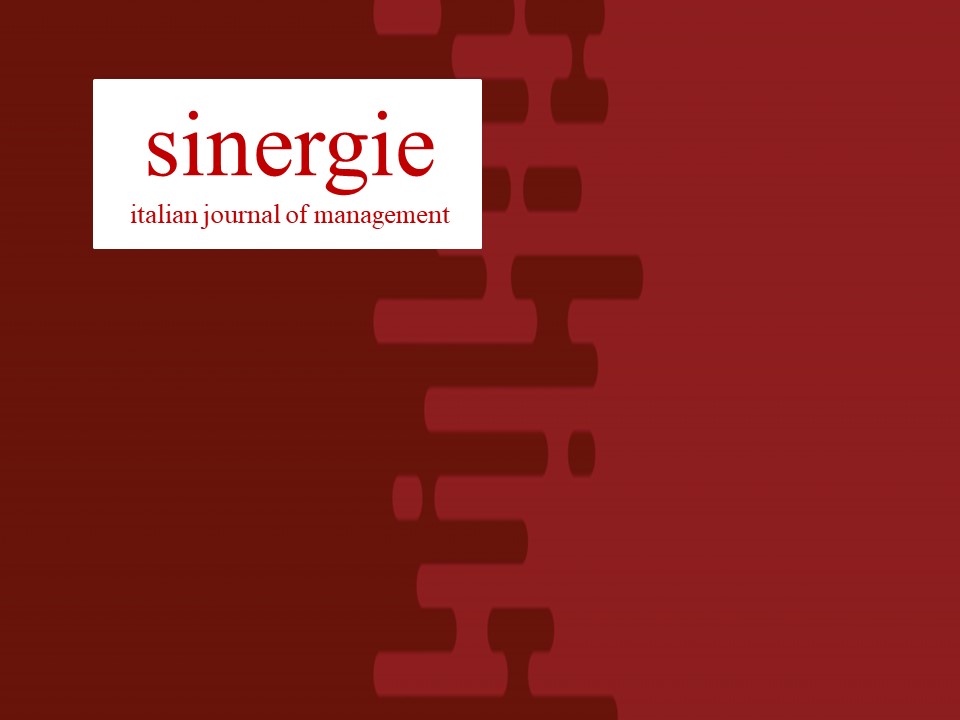Monitoring the DevOps Toolchain
Content
Using Selenium WebDriver, for instance, you can automate regression tests and suites using browser-based regression tests that are scalable and distributed across multiple environments. GitHub allows for remote teamwork and distributed source code control in the cloud. Engineers can store, search, and analyze data from multiple sources with Elastic Stack, a more sophisticated version of the popular DevOps tool, ELK. Logs, SIEM, endpoints, metrics, uptime, and APM with security are among ELK’s use cases. Detect and report anomalies to the relevant teams quickly so they can resolve issues before they affect the user experience. Since its introduction, several businesses and organizations have incorporated this technology into their ecosystems, allowing the user and developer communities to interact.

SignalFx is an elastic architecture performance monitoring tool designed to provide operational intelligence specifically for microservices and containerized applications. The topmost factor to consider when selecting application performance monitoring tools besides their capabilities is their ability to integrate seamlessly with each other and with the existing systems. Container platforms are application solutions that allow developers to build, test, and ship applications in resource-independent environments. Each container comprises a complete runtime environment including the specific application, its libraries, source code, configurations, and all its dependencies. Container platforms offer orchestration, automation, security, governance, and other capabilities. Are you looking for a continuous monitoring solution for IT infrastructure?
It is a critical aspect of DevOps monitoring because it helps you identify and fix problems before they become more significant. CloudZero is a new tool that makes it easier for developers to deploy and manage their applications in the cloud. The CloudZero DevOps tool provides an easy way to deploy and manage applications in the cloud.
Difference Between DevOps Monitoring and Observability
Build a highly integrated DevOps toolchain with observability, automation, and AI at the core to help accelerate the speed of delivery, improve code quality, and increase DevOps throughput. A Phantom is a tool that comes as a great help to developers who wish to build a secure infrastructure from the very beginning of SDLC. Therefore, one can collaborate in a centralized environment on an incident and simultaneously be aware of the rising security threats.
Moreover, the increasing customer demand for uninterrupted services and applications can add vulnerabilities to applications. Continuous monitoring can help you easily monitor the experiments and ensure that they work as expected. The performance and security of cloud-based apps, infrastructure, and services are visible to DevOps teams due to software solutions for continuous monitoring. Image SourceA real-time cloud monitoring tool called Librato can be used to track and understand the metrics that have an impact on enterprises at all stack levels.
AWS Cloud Computing and Storage in DevOps
• AppDynamics works with a variety of communication platform development, including Microsoft Azure, IBM, Kubernetes, AWS, and others. • It is an excellent product that can perform rapid tests and is simple to configure on both the client and server sides. Learning, adapting, and experience and Simplilearn’s DevOps certification courses are packaged for this sole purpose.
Nagios monitors your networks and checks the status of your hardware devices like switches and routers. Nagios customers gain access to over 5000 addons built for monitoring servers and alerting for concerning events. You can prevent downtime by closely monitoring your application’s service and process problems. The larger your organization, the more infrastructure components are needed to run your systems. Keeping track of the health and status of these components can quickly become too difficult to manage without infrastructure monitoring tools.
It is the most straightforward DevOps tool and has a unique environment of modules and additional items. Therefore, it is an open-source self-contained automation server with hundreds of plugins. Thus, it is the accessible version of Microsoft’s UCaaS offerings and holds additional Microsoft Office services and applications. With Red Hat Insights, one can detect, examine and remediate potential software and configuration problems through automatic alerts.
It integrates with GitHub, providing a seamless workflow for your development team. However, it’s not as widely used as Jenkins or Bamboo, so there’s less support available. It integrates with GitLab, providing a seamless workflow for your development team.
Logging in the Age of DevOps eBook
This makes it easy to visualize the health of your infrastructure at a high level by location, application, or service. The DataDog agent can run on cloud platforms, bare metal servers, virtual machines, containers, and more, making it perfect for customers with cloud or hybrid infrastructures. Nagios is an Open source server and also a network monitoring tool that provides capabilities as what is discussed above.
- This makes it easy to visualize the health of your infrastructure at a high level by location, application, or service.
- Let’s look at three tools for continuous monitoring now that you know what to monitor.
- Using Selenium WebDriver, for instance, you can automate regression tests and suites using browser-based regression tests that are scalable and distributed across multiple environments.
- Docker is open-source and compatible with cloud services like AWS, GCP, and Azure Cloud.
It also helps identify any system errors or bugs before they are released. The system is scalable, so you can monitor as many servers as possible without impacting performance. It offers a single platform for viewing all your data sources, including metrics, logs, and events. Librato also offers customizable dashboards to quickly identify trends and issues in your environment.
API access monitoring
Git is perhaps the best and most widely used version control tool in a development era characterized by dynamism and collaboration. An operations performance platform, PagerDuty embraces excellent and easy-to-use incident response and alerting systems. This DevOps monitoring tool is easy to configure from both the client and server sides. Synthetic monitoring is a type of software testing, using virtual representations of real-world systems and components. Synthetic monitoring can test the performance, functionality, and reliability of individual system components or an entire system.
Continuous tracking of logs and metrics can help teams to identify the root cause — where a problem started or occurred. This allows engineers to identify patterns in system behavior to look out for in future. It also leads to improvement of mean time to detection , mean time to repair , and mean time to isolate . Easily identify when various systems and applications in your DevOps stack degrade in performance, cost, security or other factors to avoid problems down the road.
Browse by solution
Users can create custom dashboards to visualize multiple services and applications. Out-of-the-box integrations with popular web servers, programming languages, databases, code repositories, and message cues extend the agent to enhance and complement basic monitoring. Prometheus is a full-fledged, end-to-end monitoring system with its alert manager. So, you don’t have to look for any third-party integrations for alert mechanisms. Monitoring also allows better tracking of business KPIs and monitoring business metrics in production.
Best DevOps Tools to Learn and Master In 2022: Git, Docker & More
It integrates emerging technologies like artificial intelligence , machine learning , the internet of things , and cloud computing. Far too many exceptional DevOps tool for build, version control, configuration management, project management, incident management, and more have been developed. However, in this DevOps course, we shall examine only a few top tools under various DevOps processes and categories.
Collectd is primarily a data collection tool and does not have built-in data analysis or visualization capabilities. The Elastic Stack is a powerful and flexible introduction to devops tool for collecting, storing, and analyzing log data. Nagios has a powerful plugin architecture, allowing easy customization and integration with other tools.
Find opportunities for automation throughout the DevOps process that will improve engineers’ DevOps toolchains and efficiency. Tracking logs and metrics can help pinpoint where an issue started or occurred. As a result, your Mean Time To Detection , Mean Time To Isolate , Mean Time To Repair , and Mean Time To Recovery can improve. Raygun brings DevOps together through a single source of truth for the entire team, like knowing the performance problem and the cause of errors. Splunk On-Call centralizes information flow across the incident lifecycle.
The API allows you to create a pipeline and then specify the stages of your pipeline. You can configure your pipeline with different build steps, such as a Docker image builder or an AWS Lambda function. You can then use the API to deploy your project automatically wherever you want it. Analyze costs in relation to events, such as deployments, to see how your engineering activities affect profitability. Provide relevant views of products and features you can find without tagging endlessly.


